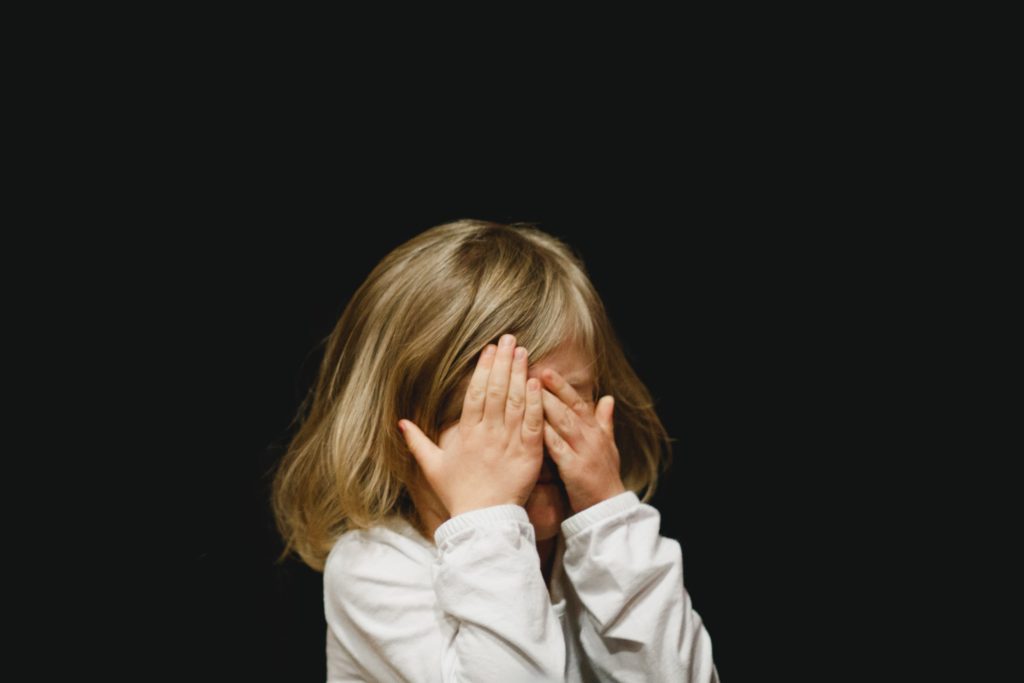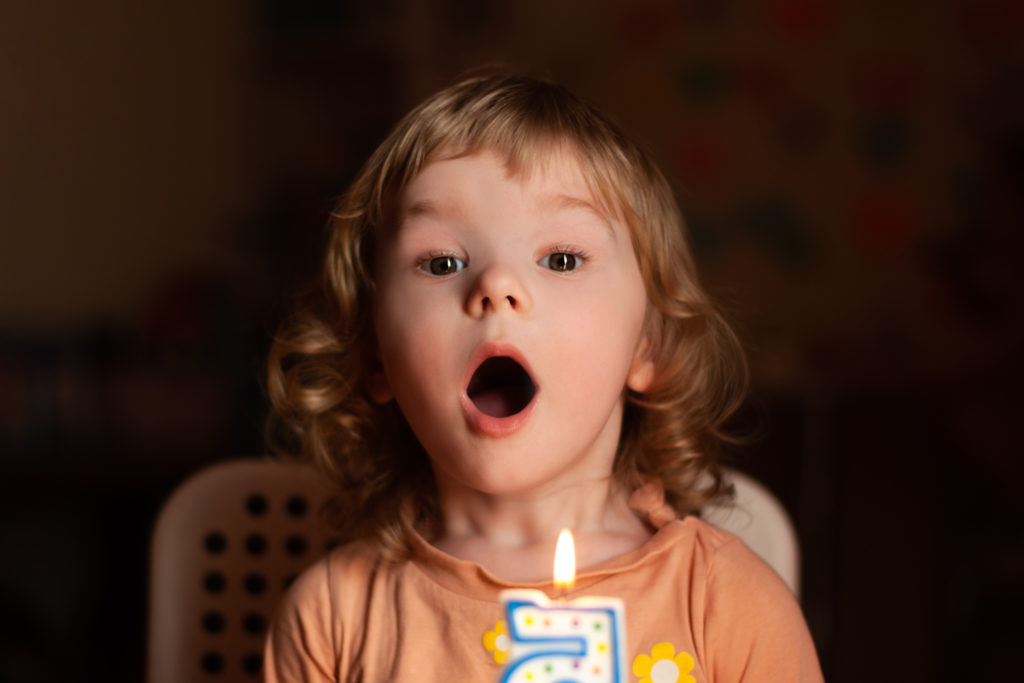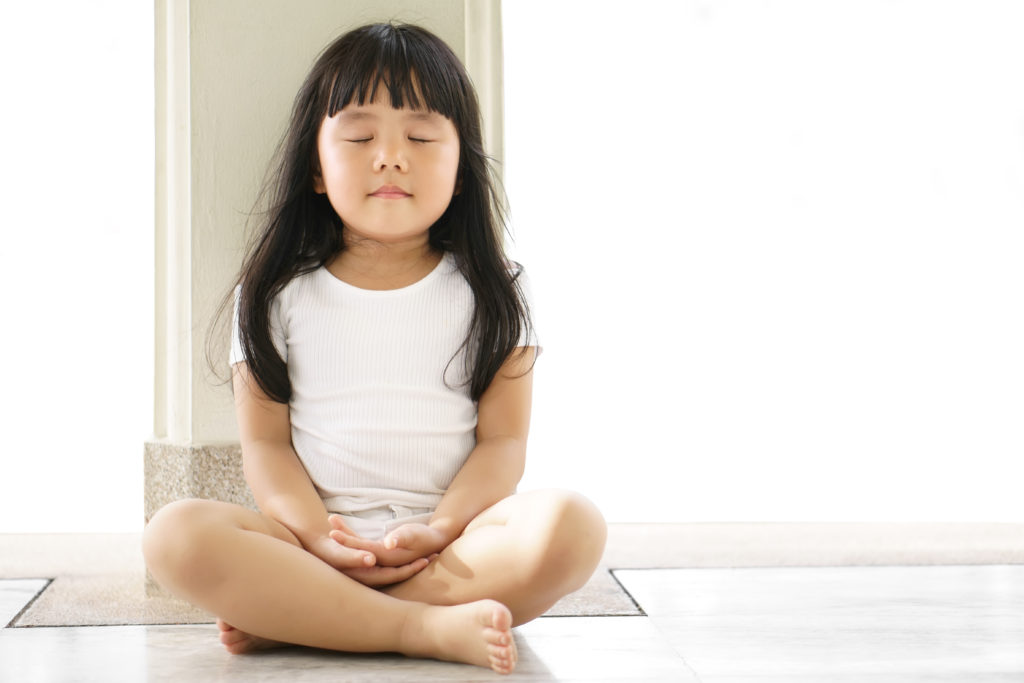If there is one lesson we’ve taken from the COVID-19 pandemic, it has been the need to breathe. But that applies to more than just us as adults. It’s just as crucial for our kids!
Breathing is what lets us know that we’re here and we’re alive. It’s the thing that we do unconsciously every second of the day.
But it’s also something we can do consciously. It’s that conscious focus on the breath that makes up what is known as pranayama.
What is Pranayama?
Pranayama is an ancient Indian technique in which the practitioner focuses on their breath with intention. It stems from the word Prana — our life force energy — and ayama — expansion or control.
In other words, the practice of pranayama centers the practitioner on their breath to cultivate balanced energy levels.
When we encounter stress in our day-to-day activities, we might react with aggression, anger, frustration, sadness, hyperactivity — you name it. Our breathing becomes shallow and rapid, and sometimes we may find that we even hold our breath. Yikes!
This reaction to environmental stimuli is universal, and our children are dealing with many of the same stressors. A pranayama practice for kids is a great way to bring them into the present moment and cultivate a state of mind that allows them to reflect, rather than simply react.

More Than a Simple Deep Breath
Studies have shown that focused breath awareness activates our parasympathetic nervous system — the part of our body that regulates all of our unconscious bodily functions. When we stimulate the parasympathetic nervous system, we create a mind-body relationship where we reduce stress and allow for a general state of well-being.
Over time, a dedicated practice of mindful breathing can even lead to increased cognitive capabilities. This practice can enable children to focus more on the task at hand, whether in school, at home, or out adventuring on the playground.
Some of the benefits of a dedicated pranayama practice include:
- Decreased stress
- Muscle relaxation
- Increased focus
- Improved lung capacity
- General state of well-being
Mindful Breathing Techniques That are Safe and Fun for Kids
Listening breath: This exercise is a great way to invite focus and awareness, as well as check-in with those wiggles and giggles!
Begin by sitting comfortably and keeping your eyes closed. Start to focus on your breath, noticing its natural rhythm. Is it fast? Slow? Comfy? Fidgety? Simply notice. After a few moments of connecting to your breath, take a few minutes to focus on the sounds in the space.
Over time, this exercise can aid in developing a sense of focus and attention.
Alternate nostril breathing (Nadi Shodhana): This practice is a great stress reliever!
Unlike classic Nadi Shodhana, which uses only the right hand, a simple way to introduce this breathing technique to children is by inviting them to use both hands.
Ask your child to take the pointer finger of each hand and hover their fingers by their nose. Have them inhale through their nose completely, and then exhale completely. Then, using the pointer finger of their left hand, have them cover their nostril and breath in through their right nostril. Have them cover their right nostril with their right pointer finger, release their left finger, and breathe out through their left side. They should then breathe in through their left nostril, cover it with their left finger, release their right finger and breathe out through their right nostril. They should continue to alternate between their right and left sides for a few rounds, for up to two minutes.

Cake breath: This technique can help calm nervous energy and anxiety.
Settle down into a seat of your choice — a chair, on the floor, or even tucked into bed. Close your eyes and imagine a giant birthday cake just for you covered in brightly lit candles. Take a deep breath in and smell the flavor of this cake. Is it chocolate? Vanilla? Strawberry? Now blow out all the candles. Open your eyes and see how you feel.
Bee breathing: Come to a comfortable seat of your choice and close your eyes. Take a deep breath in and sigh it away. Place your thumbs over your inner ear and your fingers over your eyes and nose. Take a deep breath in through your nose, and then with your lips together, start to create a soft humming sound. Practice for one to two rounds. Then bring your palms to your lap and come back to the natural rhythm of your breath.
This exercise is great for calming anxiety and frustration.
Teddy bear breath: This practice is a great exercise to calm an anxious body and mind.
Lie down with your favorite stuffed toy or pillow, and place the object on your belly. As you breathe in, notice the toy move up, and as you breathe out, notice the toy move down. Continue for a few rounds. Place the toy gently to one side and help yourself up to sit.
Back-to-back breathing: This is a great exercise to develop the literal muscle memory for compassion.
Sit back-to-back with a partner and close your eyes. Place one hand on your heart and one hand on your belly. Start to notice the natural rhythm of your own breathing. Then, start to bring your awareness outward, noticing the breath of your partner. Continue to breathe for a few rounds, and start to notice that the rhythm of your breathing begins to sync with your partner over time. Continue for a few minutes.
A fantastic follow-up to this exercise is to have a talk-back with your partner to discuss what sensations came up.
Singing: Singing is an excellent way to connect with the breath — and it’s fun! It can improve your mood, lung capacity, and increase focus and cognition.
The Fly Pose: Another fun way to focus the breath, this exercise not only improves lung capacity but helps an achy back when you’ve been staring at the computer for too long.
Start by taking a comfortable seat of your choice. Create a set of wings by interlacing your hands behind your back. Open your wings and take a deep breath in. Flap your wings and forward fold while saying buzz buzz buzz on your exhale.
The more you practice, the more you laugh!

Start Small and Work Your Way Up
When teaching pranayama to children, it’s important to keep their attention span in mind. If it takes some practice to get used to mindful breathing, no sweat.
The best way to keep a child’s attention is by taking baby steps within the practice and building up to more intensive techniques.
Perhaps most importantly, you can keep your child engaged and wanting to come back for more just by keeping the practice fun.
Happy breathing!
